The Amazon Rainforest is the largest rainforest in the world and considered the lungs of the Earth. It is spread across 9 countries, including Brazil, Bolivia, Peru, Ecuador, Colombia, Venezuela, Guyana, Suriname, and French Guiana and is anchored by one of the largest rivers in the world, the Amazon river. While the Amazon Rainforest can be visited from any of the countries listed, it is important to do research into how you are visiting this incredible ecosystem. This article discusses the environmental impact that travel has, especially when discussing a rainforest, the cultural impact of visiting remote destinations, and finally, the lodge that we recommend using when visiting the Amazon Rainforest of Ecuador, especially Yasuni National Park.
The Amazon Rainforest is one of the most ecologically diverse places in the world. It is dense with a variety of flora and fauna, much of which is endemic to this ecosystem. The rainforest is full of life in a carefully balanced ecological environment. It must be protected both because of its importance to the survival of the Earth but also because it is overflowing with delicate life. There are more species of animals in the Amazon Rainforest than anywhere else in the world; however, there just aren’t many of each species. So no matter where you choose to visit the rainforest, if you go to an ecologically sustainable area, you will see a large variety of flora and fauna!
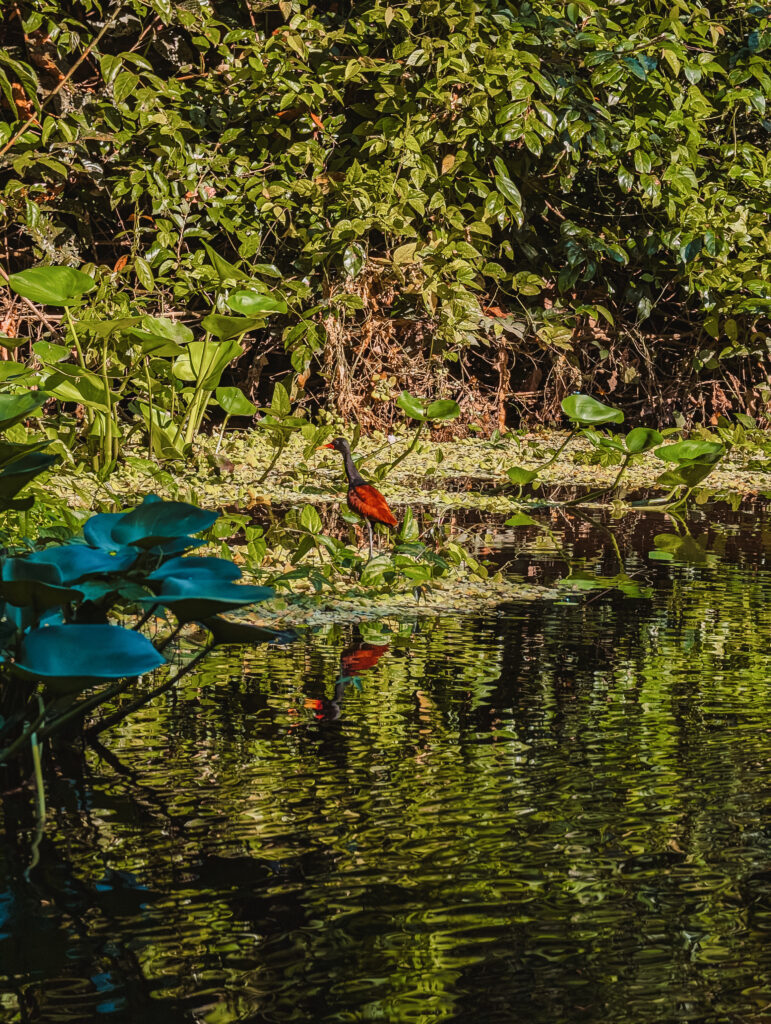
The Importance of an Ecolodge
ecotourism • noun • [ek-oh-toor-iz-uhm] : tourism that is designed to contribute to the protection of the environment or at least minimize damage to it, often involving travel to areas of natural interest in developing countries or participation in environmental projects
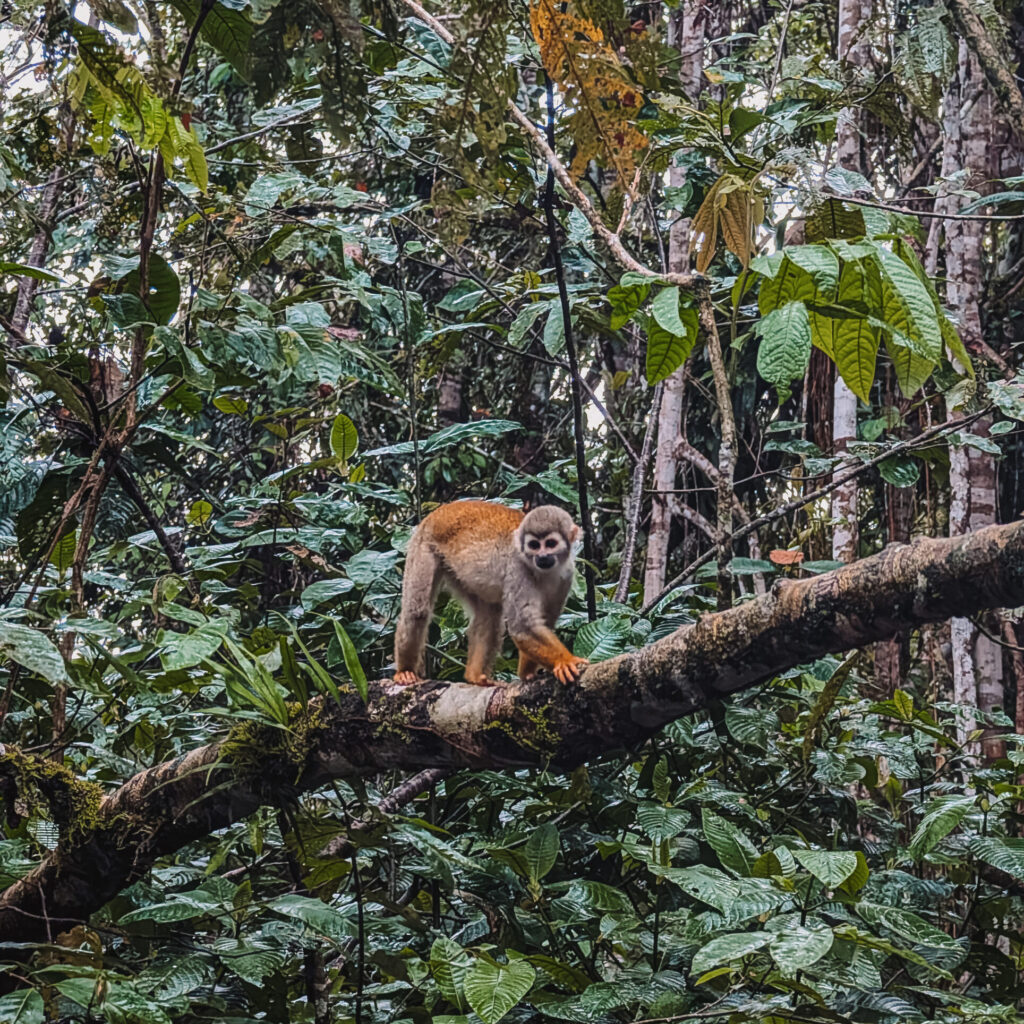
Ecotourism has been a buzzword in the travel industry for a few years now. In fact, in 2002, the UN declared it the year of ecotourism, boosting the profile and importance of this type of tourism. The ecotourism market is predicted to have a CAGR Compound Annual Growth Rate) of 14.3% between 2023 and 2032 while tourism as a whole will have a CAGR of 5.5% during that same time period.
Today, it often feels like a marketing push for different experiences. Are you more likely to reserve something because they say that they are more sustainably focused than the competition? While there are no requirements that a hotel or experience have to follow to include the terms ecotourism or sustainable travel as a way to market themselves, it is important that we, as travelers, continue to expect sustainable practices. Ecotourism is an important idea and practice when it comes to travel, especially to places that are focused on natural resources.
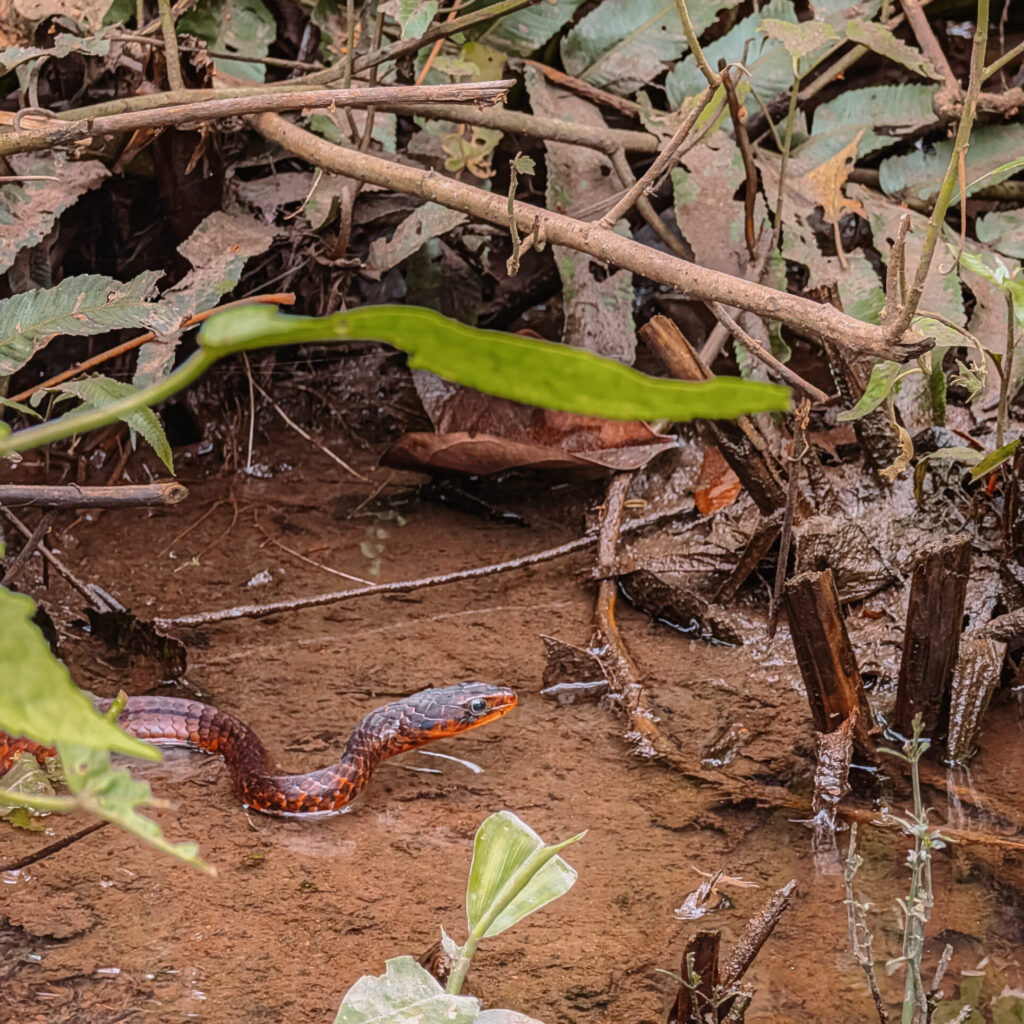
Ecolodges are a vital part of the ecotourism sector. When traveling, no matter how you choose to travel, you will need a place to stay while visiting. These lodges should have as little impact on the environment as possible. Often the design of the establishment fits into the natural environment or cultural style of the location. And finally, these lodges should integrate and elevate the local people, bringing economic opportunities to the area. (We will talk more about this in the next section). And typically, these lodges have fewer rooms than a traditional hotel which helps reduce the impact that tourists have on the environment.
Ecolodges in the Amazon Rainforest of Ecuador: Yasuni National Park
There are a number of ecolodges in or near Yasuni National Park along the Napo river, making it a no-brainer when trying to visit the Amazon Rainforest in Ecuador. These lodges often emphasize the different animals that they can take you to see within the rainforest.
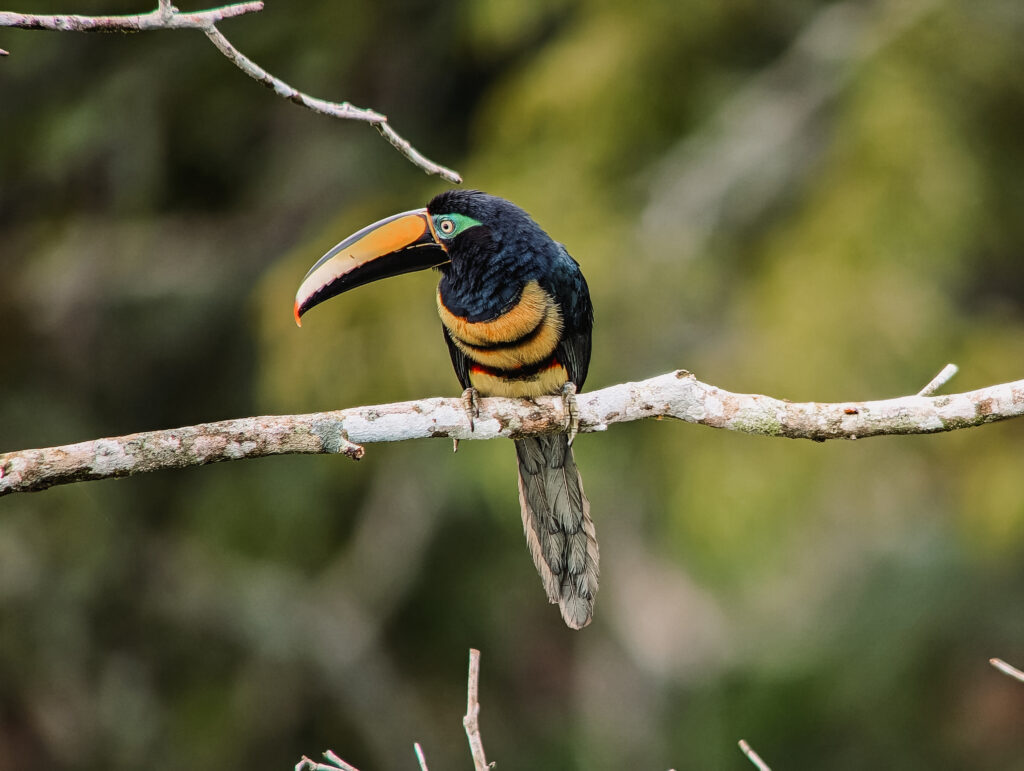
To visit many of these lodges, you will have to fly into Coca, Ecuador and take a motorized canoe to the different lodges on the Napo River. The ecolodges help coordinate the arrival and transportation to the lodge. The Napo River is the highway of the area and most of the communities use it to travel from their communities to Coca, the main town of the region. The increase in navigation via motor vehicles has affected the animals in the river. Just 15 years ago, there used to be pink dolphins that would jump and swim in the river. Now, it is incredibly rare to see them in this area of the Amazon Rainforest in Ecuador. This isn’t due to an increase in tourism here; just an increase in economic activity between the different communities along the Napo River and the town of Coca.
And this is why ecolodges are vital! If you are going to enter into a unique and delicate environment, ecolodges help make that ecological footprint as small as possible. When looking to visit the Amazon Rainforest, no matter what country you are going to, look for places that emphasize ecotourism, advertise their hotels as an ecolodge, and seem to practice what they preach.
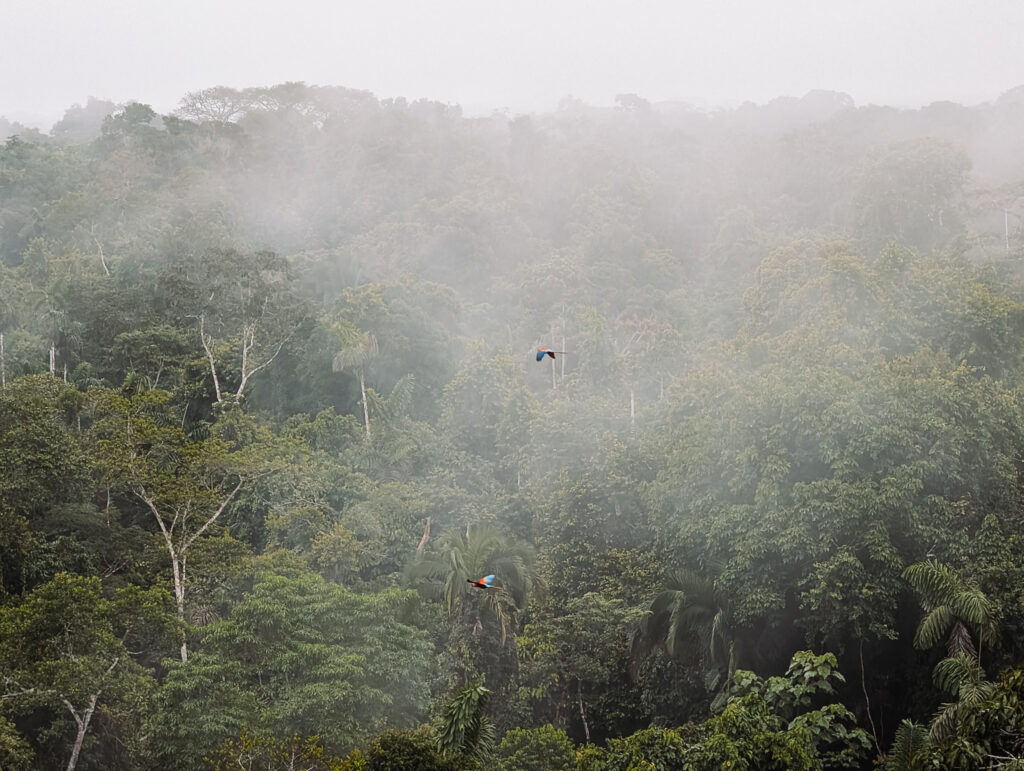
Each ecolodge provides a similar program, making it challenging to distinguish between one another. You will get to walk through parts of the rainforest, go on canoe rides to try and find different animals from the water, visit a watch tower to see the rainforest from a different vantage point, and more. So let’s talk about how Napo Wildlife Center and Napo Cultural Center separate themselves from the rest of the ecological options.
The Blueprint Travelers Jungle Staples
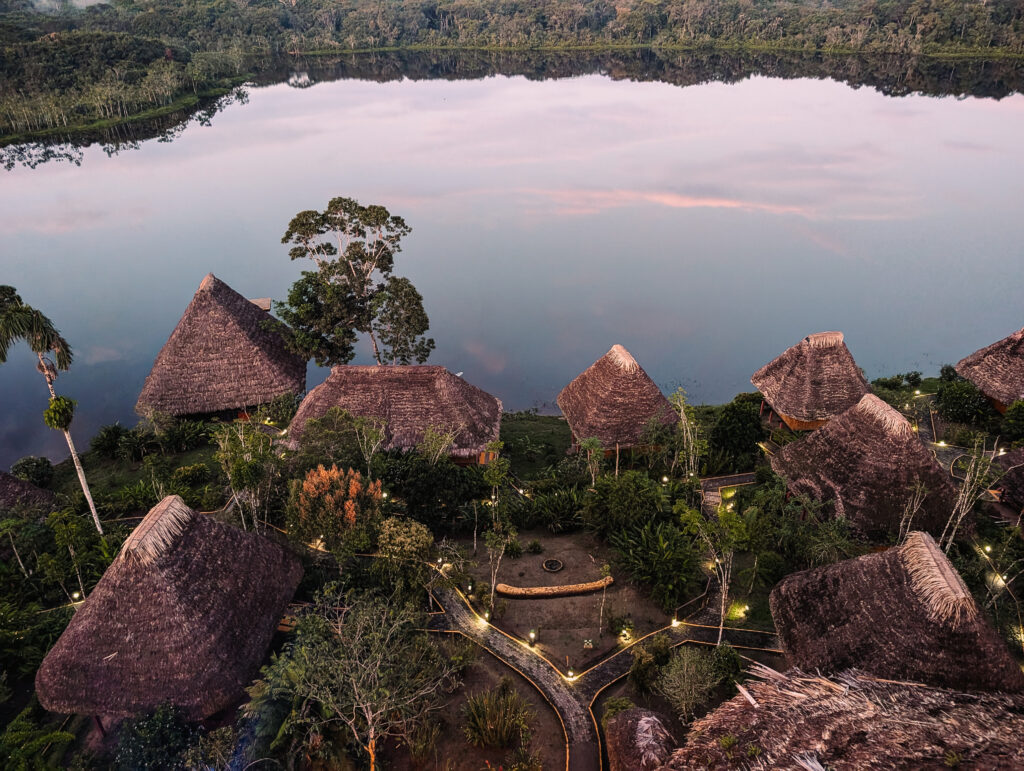
Going Above and Beyond an Ecolodge
When visiting an area that has a strong presence of an indigenous culture, it is important to not just think about the environment but to also consider the impact on the local populations. (You can think about your impact on any locals anywhere, but we emphasize this here because indigenous populations are often taken advantage of and disenfranchised in economically prosperous situations.) Your presence in a region should be a welcome invitation by those in that region.
Side Note
There are many conversations in the travel space about tourism saturation in places such as Europe. This is not what we are talking about here. We are truly talking about if the local communities want tourists here and if they are included in the economics of tourism. For example, in Rio de Janeiro, you may find people who sell tours to visit favelas when those communities do not necessarily want outsiders coming into their communities and they do not fiscally benefit from your visit. You can read about experiencing Rio de Janeiro here.
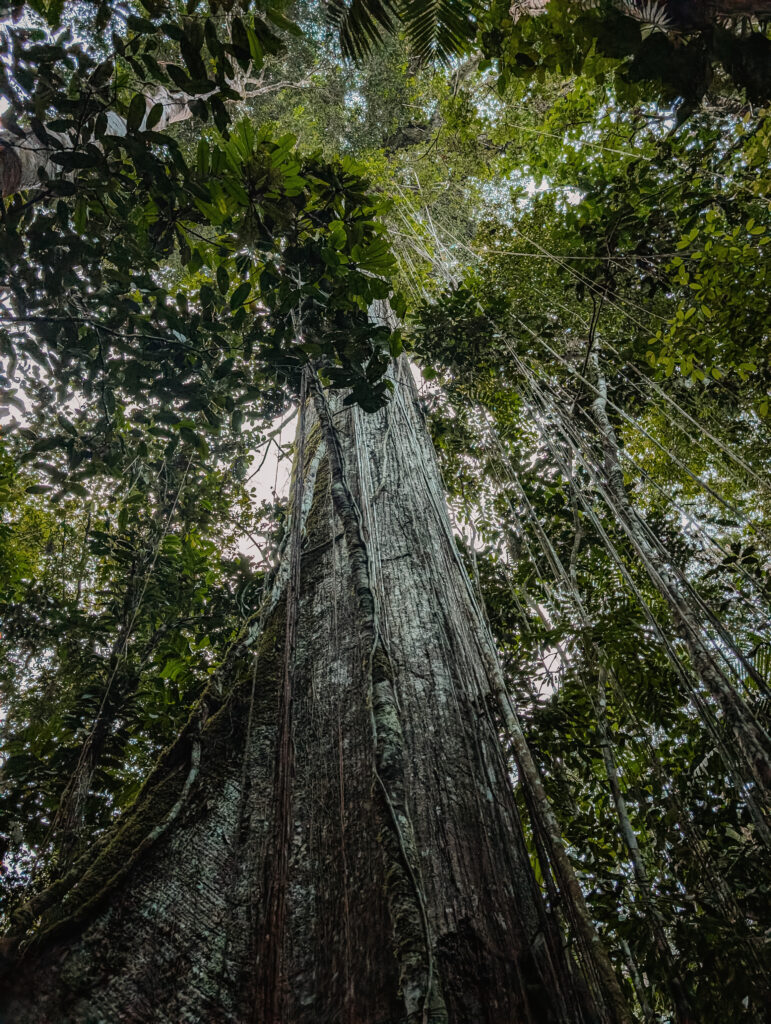
In Yasuni National Park, much of the land has been distributed to the different indigenous communities who have occupied the rainforest. Part of the Amazon Rainforest Ecuador is completely protected from any people because of some uncontacted communities who continue to live within parts of Yasuni National Park.
The indigenous communities who own land within the national park can use the land however they want. Many of these communities have been lured by oil and gas companies to rent out their land for drilling. This has had detrimental effects on the communities and the environment in these different parts of the Amazon Rainforest. Other communities who live right outside the protected national park have rented out their land to people in the hospitality industry who have built luxury ecolodges on these lands. These seem great because they employ many of the people of the community but these communities are often not compensated fairly and the rent that is paid is really minimal.
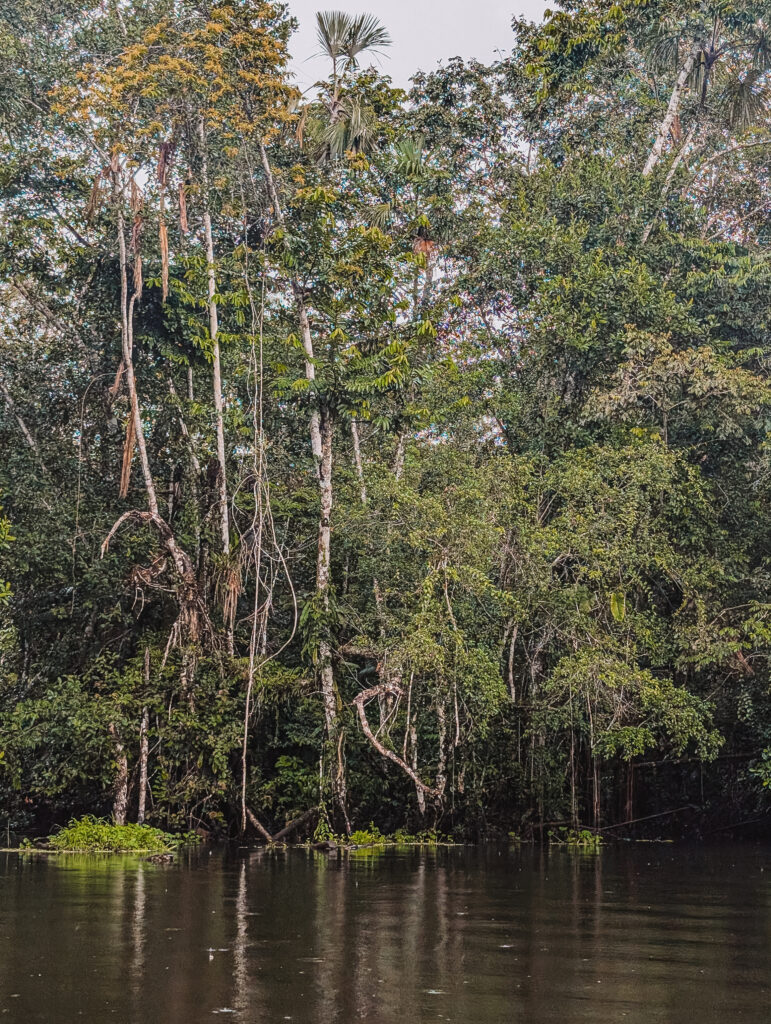
There are a number of different ecolodges around Yasuni National Park that have similar offerings and levels of luxury. They each offer experiences that range from 4-7 days that will allow you to see a variety of wildlife in a really unique ecosystem. They often include a cultural visit to an indigenous community (typically the one that they are renting the land from). However, there are only two lodges within Yasuni National Park, Napo Wildlife Center and Napo Cultural Center, and these ones are completely owned and operated by people from the Kichwa Añangu community.
Blueprint Travelers Recommendation: Napo Wildlife Center
The only lodge that fully operates within the protect lands of the Yasuni National Park of the Amazon Rainforest in Ecuador is the Napo Wildlife Center and the Napo Cultural Center. This means that you will have the best chance to immerse yourself in the beautiful rainforest and see a plethora of incredible wildlife. If you want to experience the Amazon rainforest as part of your vacation, you want to ensure that you have the best access to amazing wildlife, all while supporting a lodge that is fully owned and operated by local indigenous people.







